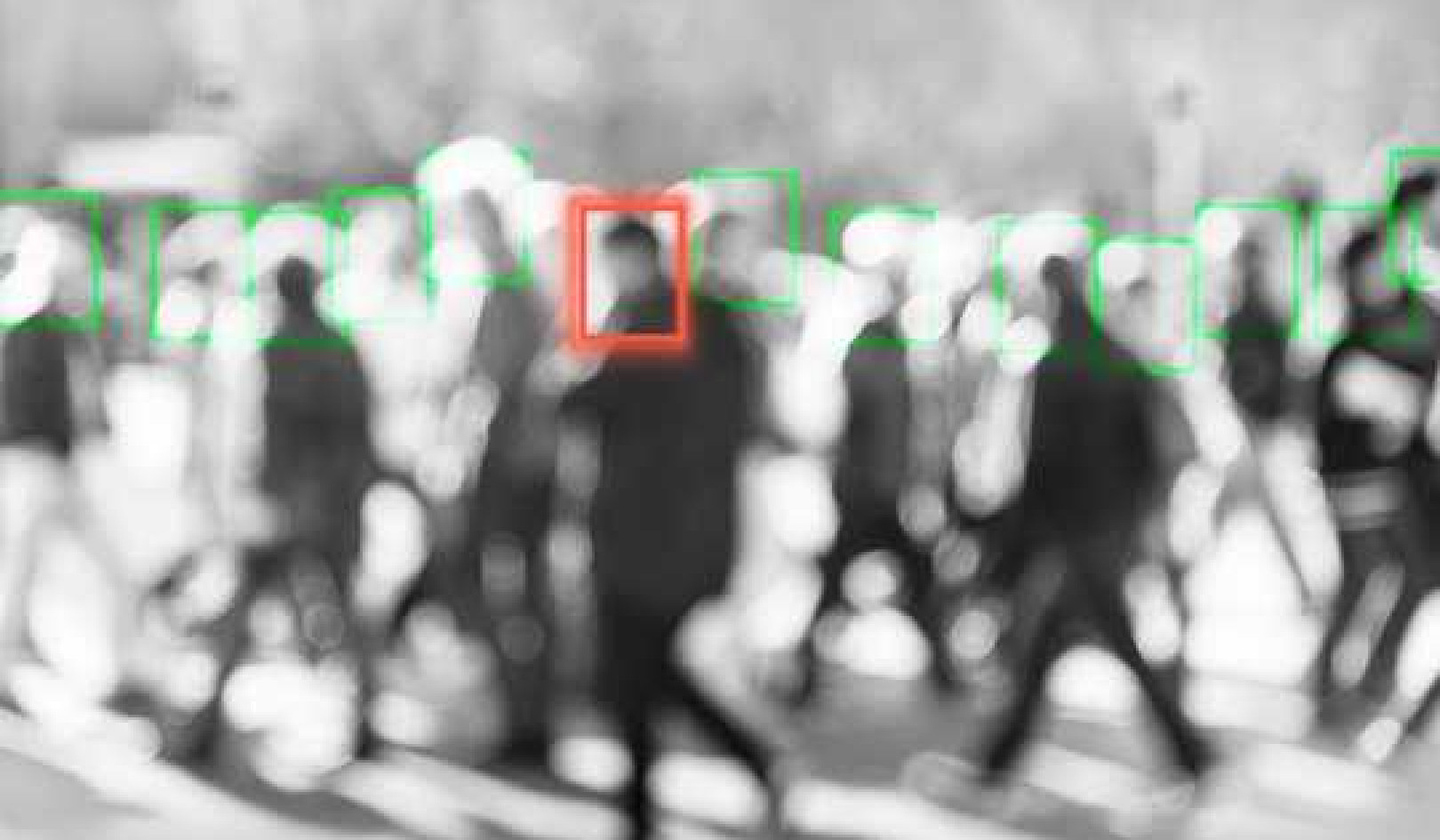 Happy holiday! Diego Cervo/Shutterstock
Happy holiday! Diego Cervo/Shutterstock
Most people are familiar with presenteeism, where employees spend many more hours at the workplace than necessary – out of a sense of duty or to impress the boss or whatever. Presenteeism damages productivity, ultimately weakening the economy, and many companies now prioritise stamping it out.
A few years ago, our research into this sort of behaviour led us to identify a related but different phenomenon: employees using annual leave or other work entitlements, such as banked flexi-hours, to go off sick or to look after a relative or dependent. There was no name for such situations, so we called it leaveism.
As part of the same category, we also included employees taking work home that can’t be completed in normal working hours, or catching up on work while on leave or holiday. Half a decade later, the bad news is that leaveism appears to be getting more and more common.
A recent Deloitte report, Mental Health and Employers: Refreshing the Case for Investment, included a deep dive into the phenomenon. It found that 51% of employees were working outside contracted hours and 36% were taking allocated time off when they were, in fact, unwell. It also noted that 70% of respondents who had witnessed presenteeism in their organisation had also observed leaveism.
 Pooled working. Riccardo Piccinini
Pooled working. Riccardo Piccinini
Worryingly for the future, the report said that younger professionals are more susceptible to taking leave in this way. They are also prone to burnout and financial worries, and twice as likely to suffer from depression as the average employee.
Little wonder that the BBC last year included leaveism in a review of the 101 people, ideas and things changing how we work today. It described the phenomenon as a “major scourge in the modern-day workplace”.
Never not available
We are in an era where people are much more afraid of losing their jobs than in the past: companies have been operating in a low-growth environment for the past decade, which has meant more focus on profitability – including labour costs. Alongside this is the prospect of more and more jobs being automated in the coming years.
This has meant more employees having to live with excessive workloads, and bosses afraid for their own livelihoods who are micromanaging people and not giving them enough autonomy and control at work. A study of Austrian workers in 2015 concluded that employees were more likely to use annual leave to go off sick if they fear losing their jobs or having them downgraded, or if they were experiencing low job satisfaction.
Compounding this sense of unhappiness at work is likely to be the way that technology is changing how we do our jobs. In a survey of 1,000 HR professionals representing 4.6 million UK employees, 87% said that technology was affecting people’s ability to switch off out of working hours. Common examples were employees taking work-related phone calls or responding to work emails.
At first glance, these behaviours may look fairly innocuous and just part of modern-day working life. But we are in danger of endorsing a tech-enabled 24-7 working culture from which it is increasingly difficult to switch off. Work-life balance is becoming a thing of the past. For many of us, it is being superseded by work-life integration.
Whatever the positives of not being tied to an office desk, it is not helping us to relax. Stress and mental ill health now account for 57% of all long-term absences from work, having replaced physical complaints, such as backache, as the main reason employees are off sick.
 Quality time at home with the family. Chaay_Tay
Quality time at home with the family. Chaay_Tay
According to the UK mental health charity Mind’s most recent Workplace Wellbeing Index, employees with poor mental health may resort to taking leave rather than disclosing mental health problems in as many as one in 12 cases. In an echo of the Deloitte findings, Mind found younger employees far less likely to disclose they are struggling with mental health.
How companies should respond
So what should modern managers and employers do to ensure staff are not being run into the ground by leaveism? As reported by Deloitte, responsible employers are now considering the impact of it in their corporate reporting frameworks. This is something that needs to become standard practice, in a similar way to what has happened with presenteeism.
Unlike previous generations, many bosses will be overseeing teams of displaced staff, many of them working an array of rotas, hours and working patterns. They need to understand how employees think and feel in today’s workplace, bearing in mind that this might be a spare bedroom or a cafe with internet access. Being alone, whether actually or perceived, may exacerbate stress and mental health issues.
We recommend that managers and employers make time for regular meaningful contact with all employees, discussing not only their work but also how they are feeling about life in general. They certainly need to encourage staff to take annual leave for holiday and recuperation time. They also need to distribute work evenly and fairly, ensuring there is cover for the employee in question so that work is not simply stacked up awaiting their return.
As far as employers are concerned, they need to encourage managers to develop the necessary people skills to handle these kinds of interactions, by making sure they receive regular, appropriate training. Especially when you are talking about a scattered, remote workforce, it is important to make sure there is workplace peer support in place for employees and regular check-ins.
It’s all about creating a workplace environment conducive to a supporting culture. Expecting fewer employees do more is a false economy, since you tend to lose the best people and do more harm to your organisation in the long run.
Finally, we have to give a nod to all those emails outside working hours. Managers need to stop sending them. You know who you are.![]()
About The Author
Ian Hesketh, Project Support, National Health & Wellbeing Forum, University of Manchester and Cary Cooper, Professor of Organisational Psychology and Health, University of Manchester
This article is republished from The Conversation under a Creative Commons license. Read the original article.

Related Books:
What Color Is Your Parachute? 2022: Your Guide to a Lifetime of Meaningful Work and Career Success
by Richard N. Bolles
This book offers a comprehensive guide to career planning and job searching, providing insights and strategies for identifying and pursuing fulfilling work.
Click for more info or to order
The Defining Decade: Why Your Twenties Matter--And How to Make the Most of Them Now
by Meg Jay
This book explores the challenges and opportunities of young adulthood, offering insights and strategies for making meaningful choices and building a fulfilling career.
Click for more info or to order
Designing Your Life: How to Build a Well-Lived, Joyful Life
by Bill Burnett and Dave Evans
This book applies the principles of design thinking to personal and career development, offering a practical and engaging approach to building a meaningful and fulfilling life.
Click for more info or to order
Do What You Are: Discover the Perfect Career for You Through the Secrets of Personality Type
by Paul D. Tieger and Barbara Barron-Tieger
This book applies the principles of personality typing to career planning, offering insights and strategies for identifying and pursuing work that aligns with your strengths and values.
Click for more info or to order
Crush Your Career: Ace the Interview, Land the Job, and Launch Your Future
by Dee Ann Turner
This book offers a practical and engaging guide to career development, focusing on the skills and strategies needed to succeed in job searching, interviewing, and building a successful career.
























